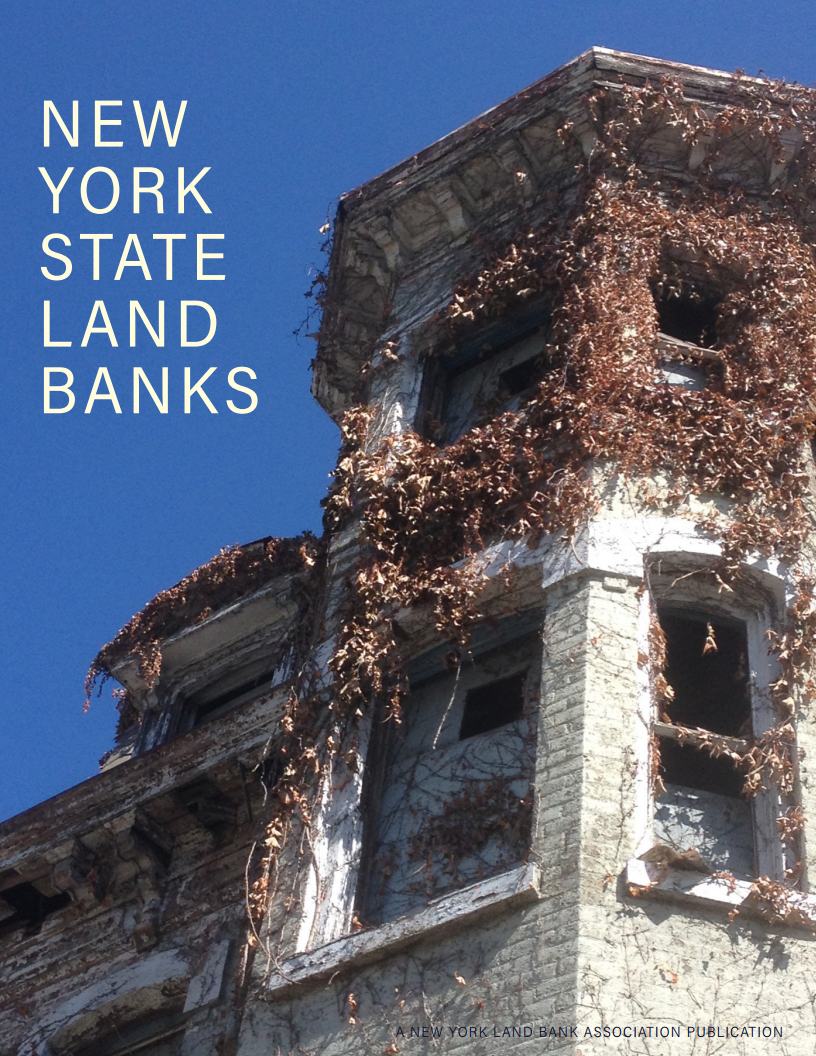Topic(s): Land Banks
Five years in, New York’s land bank movement offers lessons for national field
May 23, 2017

It was September 2013, and I was in a conference room somewhere in the City of Syracuse with about twenty other individuals from across New York State for our first meeting of New York land bank leaders. At the time, I was the Director of Planning, Housing and Community Development for the City of Binghamton, and I was there on behalf of the Broome County Land Bank, one of the first eight land banks created under the state’s 2011 state enabling legislation.
The small group was comprised of practitioners and elected officials. All of us were still trying to figure out how to run a land bank, let alone how to communicate to residents and partners what a land bank even does. None of our land banks had been in operation for more than a year.
And yet at the front of the room, here were these wonderful people from the Center for Community Progress politely encouraging us to create and sustain a statewide association of land banks.
There was general quiet in the room when they asked who would be willing to lead the effort. All I could think of was my “to-do list” back at City Hall, eighty miles away, and nearly that long with a seemingly endless list of tasks and action-items. “These people are crazy,” I thought. “Nice, but crazy.”
Katelyn Wright, there representing the Greater Syracuse Land Bank, finally spoke up and agreed to lead the effort of this informal network of New York’s land bank pioneers. The collective sigh from the rest of us was audible.
Fast forward to May 2017, and the land bank movement in New York has gone from a network of fledgling upstarts to a leader in the national field of practice.
Yes, I imagine the reader may find my bold pronouncement a bit biased. Fortunately, you needn’t take my word.
This month, the New York Land Bank Association (NYLBA)—now a strong, active  professional association of dues-paying members—released a report that documents the origins, growth, and successes of the land bank movement in New York. (Full disclosure: Community Progress took the lead on preparing the report on behalf of NYLBA.)
professional association of dues-paying members—released a report that documents the origins, growth, and successes of the land bank movement in New York. (Full disclosure: Community Progress took the lead on preparing the report on behalf of NYLBA.)
As far as we know, the report is the first of its kind in the field, and it provides a compelling case of how land banks—when properly funded, guided by thoughtful leaders, and tailored appropriately to address local needs—can serve as powerful tools for returning vacant, abandoned, and deteriorated properties to productive use.
It’s not just a document of soaring rhetoric and neatly packaged anecdotes. The report also quantifies the positive fiscal and economic impacts of land bank interventions, making a solid case to local, county and state leaders (and community partners) that reliable funding can generate returns that exceed even some of the most ambitious projections.
Check out some of the metrics–which represent the total output of the ten land banks that received awards from Attorney General Eric Schneiderman’s $32 million dollar Community Revitalization Initiative—featured in the report:
- 1,989 problem properties acquired, with 482 demolished, and another 1,051 rehabbed by either the land banks, private developers, or affordable housing providers and returned to productive use
- $77 million of private investment leveraged, with another $10.5 million levered in grants from public, philanthropic and private partners
- $28.4 million in assessed value returned to the tax rolls, accounting for nearly $2 million in new tax revenue for local jurisdictions
The report also chronicles the impressive success NYLBA has had with its annual legislative agenda, offers a collage of local snapshots of success (from supporting transformative trailway projects in Chautauqua County in western New York to reactivating long dormant and tax-delinquent brownfields in Suffolk County, Long Island), and hints at what’s next for land banking in New York. For anybody in the field of practice or with interest in land banks, this report is an excellent read.
As somebody who has been involved with land banking in New York since its inception, and who can draw on perspectives as both practitioner and now one of the nice, crazy folks from Community Progress (I fit in perfectly), I offer a few key takeaways for land bank leaders and advocates to consider:
- Leadership is everything, and partnerships a close second. One can properly diagnose a community’s problem and design the most elegant solutions, but without strong leadership, success will be elusive, if not impossible. Fortunately, leadership has been present at all levels of the land banking movement in New York: an Attorney General who has set the national standard for investments in land banks; reliable champions in the state legislature; local and County officials who, despite budget constraints, have understood the value in appropriating local tax dollars to tackle problem properties; and the network of trailblazing land bank leaders who continue to drive real change in neighborhoods across the state. From top to bottom, and across all sectors, these leaders have cultivated strong partnerships and a common understanding of both the problems and effective solutions as they relate to vacancy and abandonment. So long as this shared commitment holds, New York is poised for continued success.
- Reliable recurring funding is essential for land banks to act creatively and at a scale sufficient enough to support meaningful, long-term change. Land banks can operate at any scale, and in some communities, surgical precision of limited activity may be all that’s needed. However, virtually all land banks in New York are serving communities with pockets of entrenched poverty and sizable inventories of problem properties. While demolishing a hazardous property brings immediate relief to adjacent neighbors, focused, large-scale interventions at the block or neighborhood level are needed to really “tip” the underlying economics of too many of our neighborhoods. Recurring, reliable funding for land banks is critical if local and state leaders expect to help transform not just properties but neighborhoods. After all, this work is about serving people, and all residents deserve an opportunity to live in inclusive neighborhoods free of harms and rich with opportunity.
- Land banks need to work in concert with other programs, policies, and tools at the city and county levels to achieve maximum impact. Land banks are not a silver bullet, and in New York, they rely almost exclusively on the tax foreclosure process for acquisitions. But what about those problem properties, like substandard rental properties, that are tax compliant? In Syracuse, only about one-third of those properties identified as vacant, abandoned, or deteriorating are tax-delinquent. Effective land bank activities, therefore, must complement existing preventative efforts, including but not limited to strategic code enforcement, equitable tax enforcement, neighborhood investments, meaningful civic engagement, and long-term community-based planning.
- Community education and engagement is not an occasional task that must be “checked-off” pursuant to some law or grant requirement, but must be embraced as an exercise that is done meaningfully and perpetually. The infusion of millions of dollars from the Attorney General’s Office that followed the launch of the first eight land banks played a large role in early wins. It almost seemed too easy, in fact. And that could present a problem going forward for those land banks that have not built a strong network of advocates and allies that understand the importance of ongoing funding and support for land banks.
For land bank leaders out there, consider this one of the most important lessons from New York: never stop educating the community about the significance of your work. Where possible, work with partners to quantify the costs of blight. Feature the stories of neighbors, tenants, and owners positively impacted by your work. Celebrate your successes. As politicians come and go, and budgets ebb and flow, it’s critical to be constantly building a wider and deeper network of allies that understand the value and efficacy of your work.
Congratulations to our good friends across New York who have made the first five years of land banking in New York such a remarkable success. Together, you’ve all set a new bar of excellence for others to emulate, and this new report offers a rich account of your first five years.
So keep up the fine work. An inspired national field of practice is now watching.
Subscribe to join 14,000 community development leaders getting the latest resources from top experts on vacant property revitalization.
